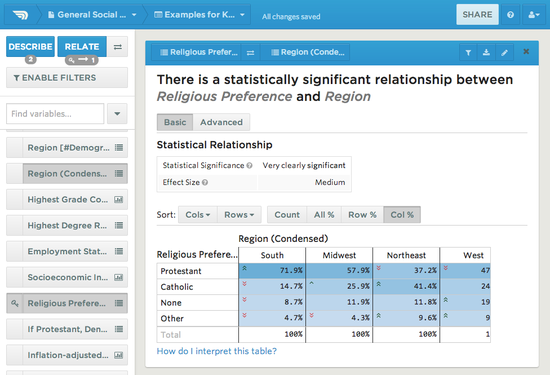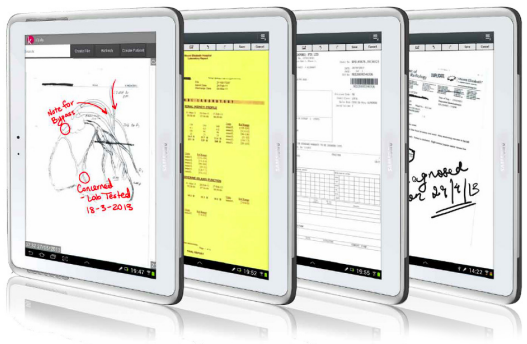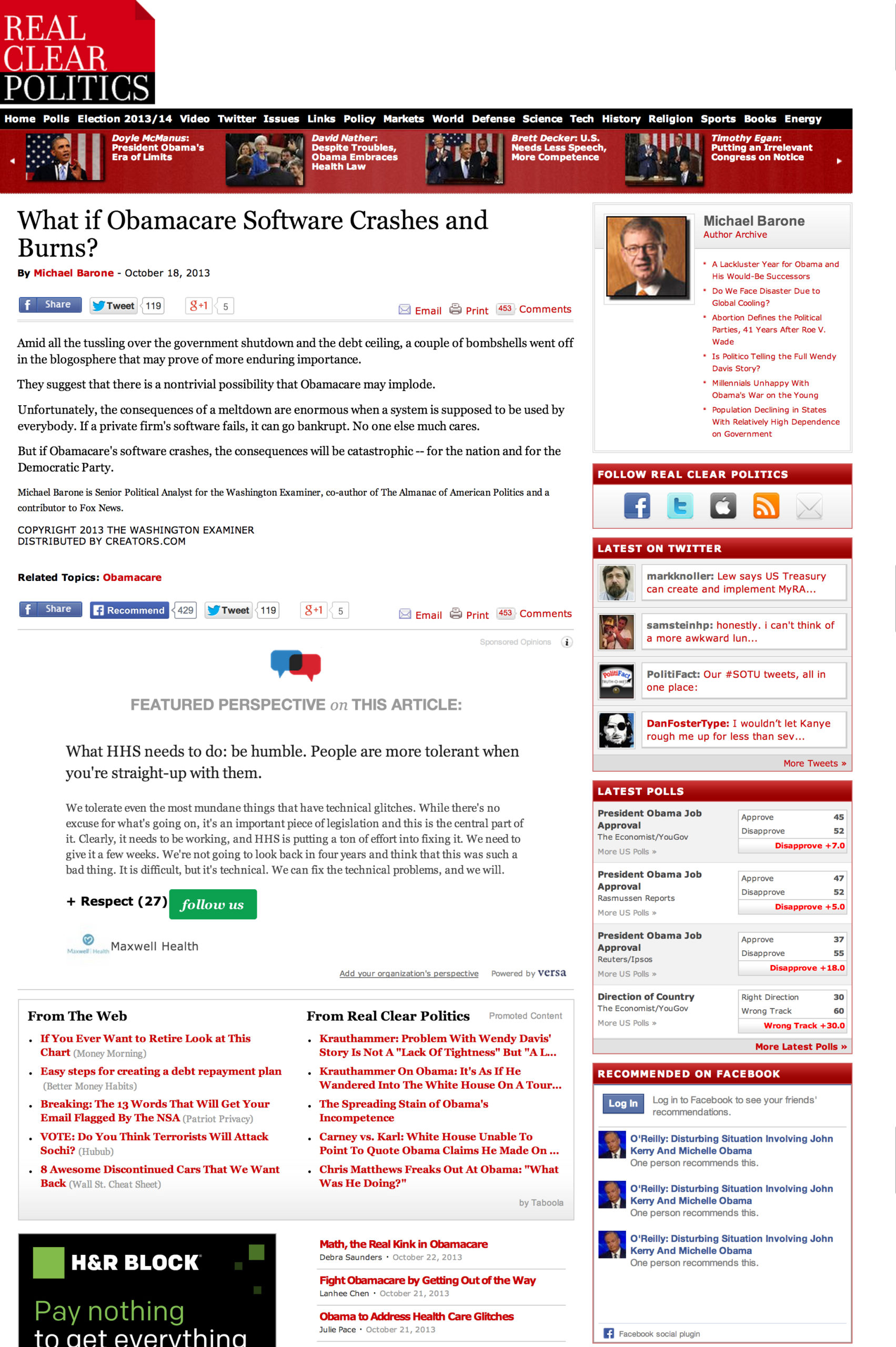 A Q&A with Statwing co-founder Greg Laughlin. The San Francisco-based startup, which offers software built to make data analysis easier for both experienced statisticians and novices, announced at the end of January that it has raised an undisclosed amount of Angel funding. The Y Combinator graduate previously raised funding in 2012. It was founded that same year by Laughlin and John Le.
A Q&A with Statwing co-founder Greg Laughlin. The San Francisco-based startup, which offers software built to make data analysis easier for both experienced statisticians and novices, announced at the end of January that it has raised an undisclosed amount of Angel funding. The Y Combinator graduate previously raised funding in 2012. It was founded that same year by Laughlin and John Le.
SUB: Please describe Statwing and your primary innovation.
Laughlin: Statwing is an easy-to-use data analysis tool. Our key insight is that many of the basic data analysis steps that trained analysts take—which statistical test to run, how best to visualize data, how to interpret statistical results—are very rote, and therefore can be encoded into software. That lets us make all those decisions in an instant, so experts are freed up to focus on their data, and non-experts can get the value of statistical analysis without having to learn a ton about it.
 SUB: Who are your target markets and users?
SUB: Who are your target markets and users?
Laughlin: So I should start by saying that we literally have as paying customers both data scientists and people who struggled to analyze their data in Excel and find Statwing much easier to use. So our mission is to make data analysis efficient and accessible for anyone. But to begin with, we’re focused on two customers.
First, we embed white-labeled into products that collect or create data for their users. It’s a distraction for a survey tool, or web scraping service, or other data-oriented services to have to build data analysis tools for their users, so they just plug us right in instead or in addition.
Second, while we’re useful for anyone, the sweetest spot is folks who use Excel quite a bit; often they have the word ‘analyst.’ They think of us as a more efficient and powerful version of pivot tables which also happens to be able to handle much larger data.
SUB: Who do you consider to be your competition, and what differentiates Statwing from the competition?
Laughlin: By far our most important competition is Microsoft Excel—that’s how the vast majority of day-to-day data analysis gets done currently. We’re not trying to replicate Excel, we’re just trying to improve on its ability to analyze tables of data. For the average user, PivotTables haven’t really changed much in the last 20 years.
As far as smaller companies go, there are some philosophically similar companies, like Trifacta, focused on data hygiene for big companies, or DataCracker, focused on surveys. The only other folks we know who are interested in democratizing statistical analysis in a general way is Wolfram Alpha—that said, it’s far from their primary focus.
SUB: You just announced that you’ve raised a new round of Angel funding. Can you reveal the amount of the funding?
Laughlin: Sorry, nope.
SUB: How do you plan to use the funds?
Laughlin: Primarily product development, via hiring engineers. It’s quite an undertaking to build a product like this.
 SUB: What was the inspiration behind the idea for Statwing? Was there an ‘aha’ moment, or was the idea more gradual in developing?
SUB: What was the inspiration behind the idea for Statwing? Was there an ‘aha’ moment, or was the idea more gradual in developing?
Laughlin: It’s funny actually, we discussed the idea of a more efficient data analysis tool the very first night John and I got together after work to talk about quitting and building a company. I’d used SPSS as a consultant doing pretty basic survey data analysis, and I was not a fan of the software. John used R for AI and machine learning work, but found that for the simple stuff, the bread and butter of getting to know a dataset, R was far clunkier than Excel. Since we’d worked in such different styles of data analysis but had such similar experiences, we figured there had to be a lot of other people feeling that pain.
SUB: What were the first steps you took in establishing the company?
Laughlin: We’d meet up after work every Thursday night to hash out ideas. The first thing we thought of was Statwing, but we explored other stuff for quite some time as well. At some point, it just felt like time—we felt ready, even if we didn’t feel our plans and ideas were ready, so we went for it. We worked for a month or so on something that we started to lose faith in, got rejected at a Y Combinator interview, and switched over to working on Statwing. We were fortunate enough to get into Y Combinator the second time around, with Statwing.
SUB: How did you come up with the name? What is the story or meaning behind it?
Laughlin: Statwing is Swahili for ‘a good domain name is hard to find.’ Well, and also we liked the connotations of helping people fly around in their data, as opposed to drowning in it. Or some people prefer to think of us as their data wingman, and that works for us, too. We can be their data wingman anytime—uh, sorry, that’s a Top Gun quote.
SUB: Do you have plans to seek additional outside funding in the near future?
Laughlin: We’ve got plenty of runway at this point, so we don’t have any active plans to raise more money soon.
SUB: What have the most significant challenges been so far to building the company?
Laughlin: Ultimately, it’s just a lot of product to build. If you’re something entirely new, like Twitter, building the initial thing itself isn’t technically that challenging—though obviously scaling it is. We’re moving people over from Excel and SPSS, which while clunky, have been developed over 30-plus years, so there’s a lot of functionality we need to match. It took a good year-and-a-half before we got to the point where people were really excited about the product, happy to pay for it, etc.
SUB: How do you generate revenue or plan to generate revenue?
Laughlin: We charge $25 a-month for our most common license, which handles datasets up to 50 MB. Folks can upgrade to 500 MB datasets for $100 a-month, and we can go all the way up to 10 GB if we set up a custom arrangement.
We also generate revenue via white labeling the product for companies with products that generate or collect data for their users.
SUB: What are your goals for Statwing over the next year or so?
Laughlin: We of course have some goals around adoption and revenue, but the goals we’re most excited about are product-related. I’m told it’s not wise to broadcast your roadmap, so I’ll be coy and just say that our users have been very clear with us about which features we should build next, and we’re happy to oblige.












